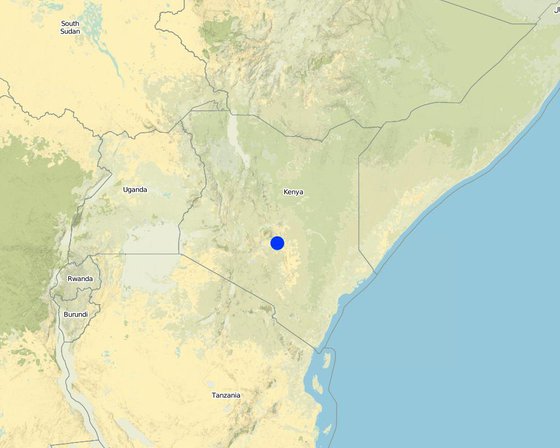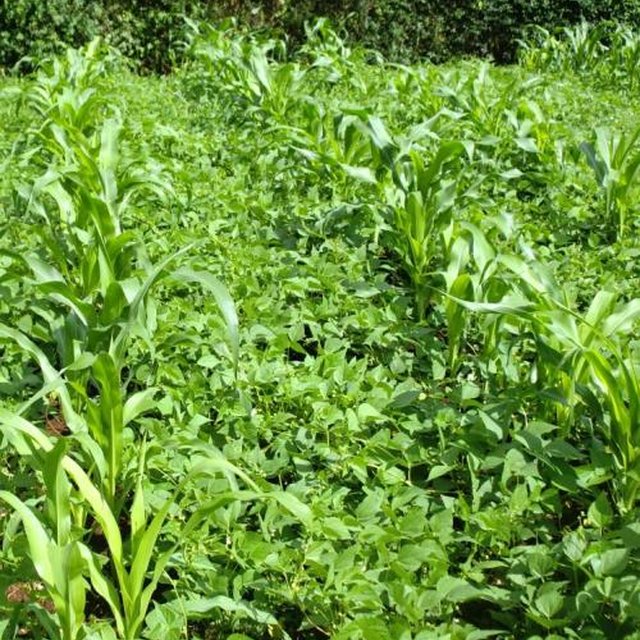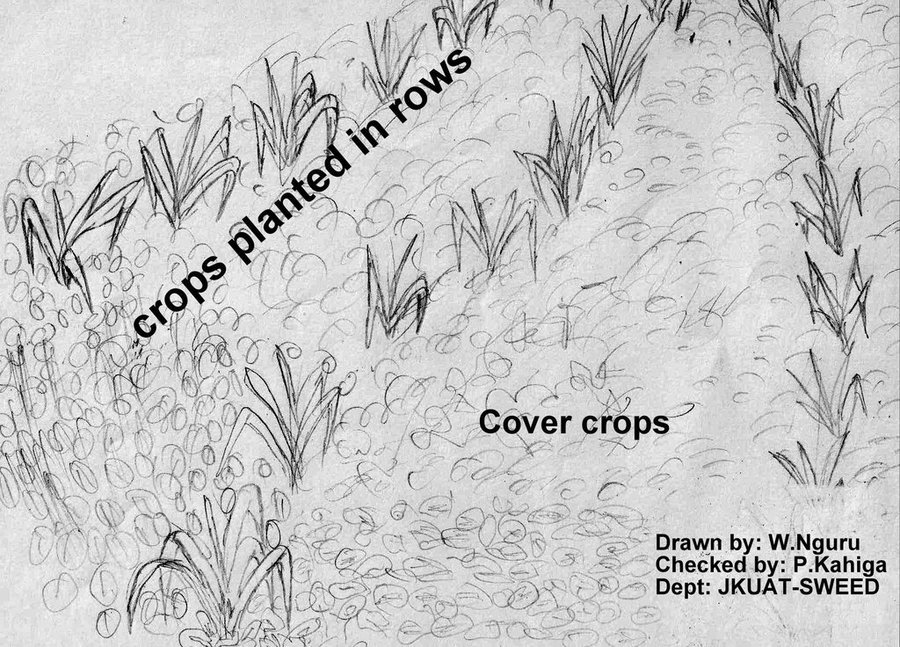

A cover crop is a crop planted primarily to manage soil erosion, soil fertility, soil quality, water, weeds, pests, diseases, biodiversity and wildlife in an agroecosystem,which is an ecological system managed and largely shaped by humans across a range of intensities to produce food, feed, or fiber. Currently, not many countries are known for using the cover crop method.
Purpose of the Technology: Cover crops are of interest in sustainable agriculture as many of them improve the sustainability of agroecosystem attributes and may also indirectly improve qualities of neighboring natural ecosystems. Their purpose include Suppressing weeds, protecting soil from rain or runoff,improving soil aggregate stability,reducing surface crusting, adding active organic matter to soil,breaking hard pan, fixing nitrogen,scavenging soil nitrogen and suppressing soil diseases and pests.
Establishment / maintenance activities and inputs: Cover crops are low-maintenance compared to most crops, but they still need some care. Mowing keeps large cover crops manageable, and sorghum-sudangrass actually increases its root growth if mowed once or twice. White Dutch clover planted in garden pathways needs to be mowed regularly to keep it from competing with vegetables and flowers. Be sure to water cover crops during times of drought.
Natural / human environment: Cover crops are practiced in areas which are prone to soil erosion as areas with steep slope.

地点: Mbere South District, Eastern Province, 肯尼亚
分析的技术场所数量:
技术传播: 均匀地分布在一个区域 (approx. < 0.1 平方千米(10 公顷))
在永久保护区?:
实施日期: 10-50年前
介绍类型






| 对投入进行具体说明 | 单位 | 数量 | 单位成本 (KSh) | 每项投入的总成本 (KSh) | 土地使用者承担的成本% |
| 劳动力 | |||||
| Ploughing | ha | 1.0 | 30.0 | 30.0 | 100.0 |
| 设备 | |||||
| Tools | ha | 1.0 | 3.0 | 3.0 | 100.0 |
| 植物材料 | |||||
| Seeds | ha | 1.0 | 10.0 | 10.0 | 100.0 |
| 技术建立所需总成本 | 43.0 | ||||
| 技术建立总成本,美元 | 0.43 | ||||
| 对投入进行具体说明 | 单位 | 数量 | 单位成本 (KSh) | 每项投入的总成本 (KSh) | 土地使用者承担的成本% |
| 劳动力 | |||||
| Weeding and harvesting | ha | 1.0 | 15.0 | 15.0 | 100.0 |
| 设备 | |||||
| Tools | ha | 1.0 | 3.0 | 3.0 | 100.0 |
| 植物材料 | |||||
| Seeds | ha | 1.0 | 10.0 | 10.0 | 100.0 |
| 技术维护所需总成本 | 28.0 | ||||
| 技术维护总成本,美元 | 0.28 | ||||
Health